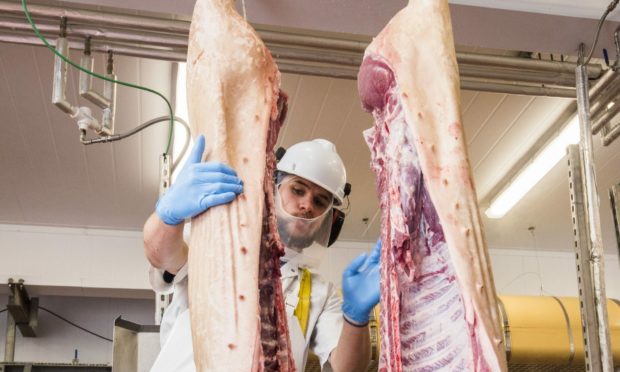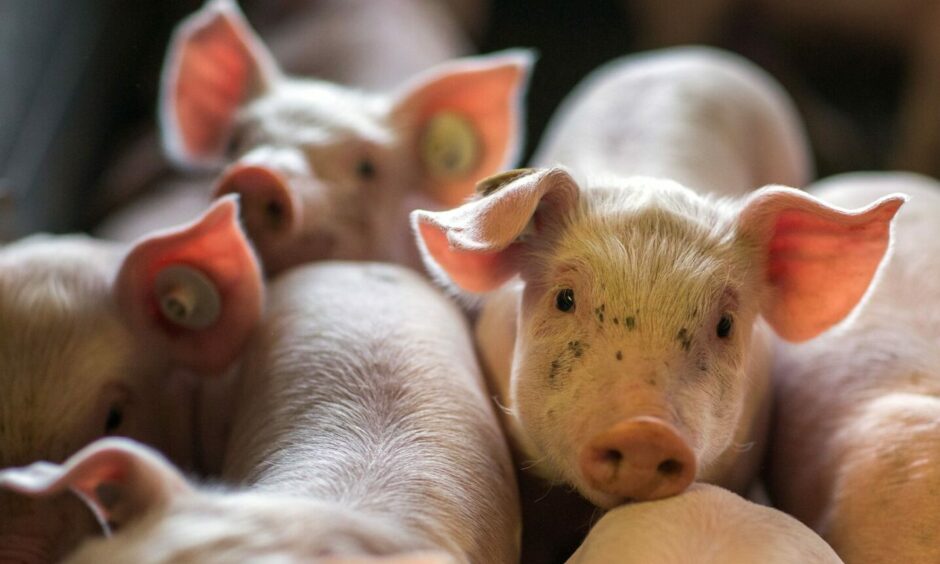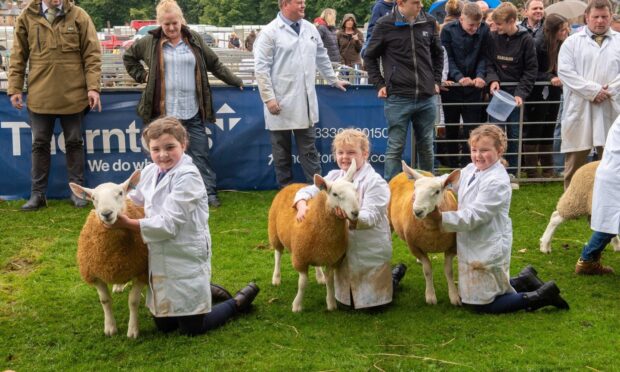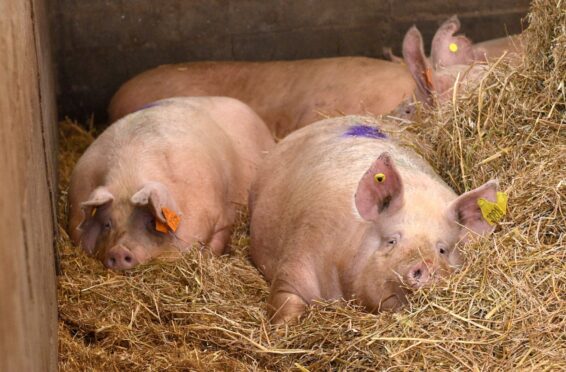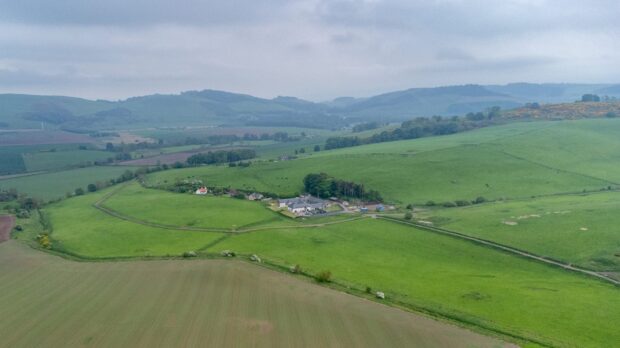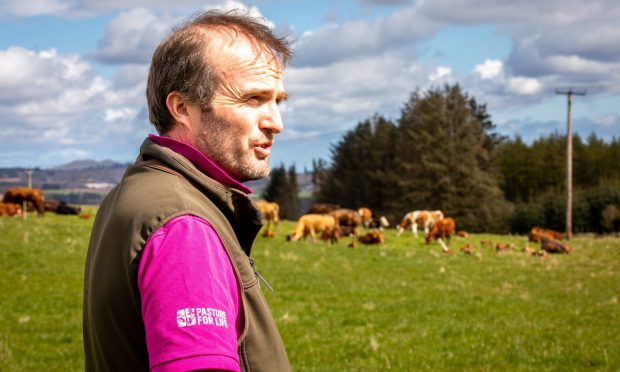Fears of an outbreak of African Swine Fever (ASF) occuring in the UK have prompted the National Pig Association (NPA) to seek clarity on whether a regionalisation approach would be adopted by the EU for UK pork exports to member states if the disease is confirmed here.
Under the EU’s regulations, a region affected by ASF cannot sell pork products to other member states, however, other regions of the same country which are not affected by ASF can continue to export.
This rule has been applied in Germany, Italy and Poland, and the UK continues to import pork from ASF-free regions of affected countries.
However, the NSA says it remains unclear what the situation is now that the UK is no longer an EU member.
NPA chief executive, Lizzie Wilson said more immediate answers are needed.
“We don’t know if our trading partners would recognise regionalisation if we had an outbreak now,” she said.
“We need clarity on this because, if we don’t have regionalisation, it could mean a virtual blanket ban on pork exports from anywhere in the UK – and that would be catastrophic for a sector that has already suffered so much over the past two years.”
The NPA says it has been seeking answers from Defra and the Animal and Plant Health Agency (APHA) on the current situation and plans for new domestic legislation which are expected to be laid before parliament next year.
Defra said the UK-EU Trade and Cooperation Agreement stipulated that both parties should recognise the disease-free areas in place at the end of the Transition Period, reflecting the fact GB had to regionalise the EU for ASF, as some zones were in place before EU exit.
But it added: “If ASF is detected in GB, we would need to agree the process of regionalisation for GB exports with the EU.”
Meanwhile, producers have been urged to review all aspects of their biosecurity as the threat posed by ASF remains high.
